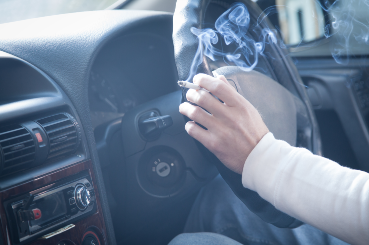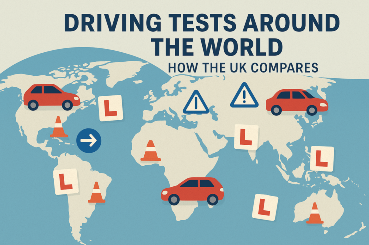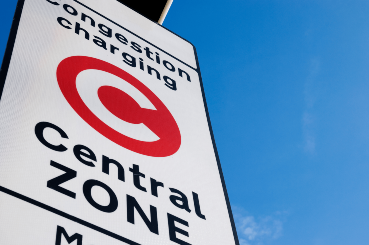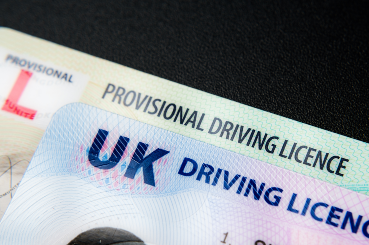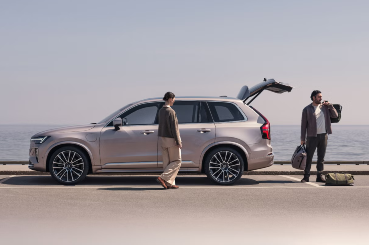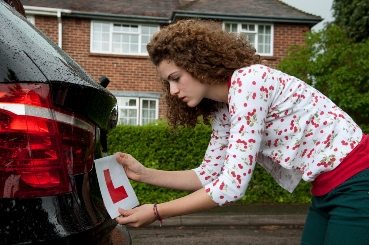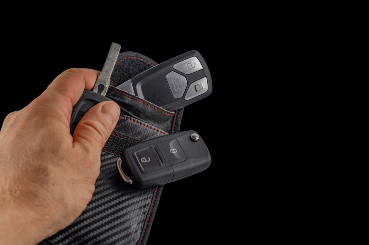Roundabouts can be confusing the first time you encounter one, but once you understand how they work, they’re one of the safest and most efficient ways to manage traffic. In this guide, we’ll walk you through everything you need to know about roundabouts — including the types of roundabouts and how to use them correctly according to the Highway Code.
What is a Roundabout?
A roundabout is a circular intersection where traffic flows continuously in one direction around a central island. Unlike traditional crossroads or T-junctions, roundabouts are designed to keep vehicles moving, easing congestion and reducing the likelihood of high-speed collisions.
They exist to improve traffic flow and safety, encouraging a smoother driving experience. By keeping traffic moving and removing the need for traffic signals in many cases, roundabouts help to cut down journey times and reduce vehicle emissions.
How Do Roundabouts Work?
Roundabouts work by directing traffic in a clockwise loop (in the UK), with vehicles entering and exiting at various junctions. All traffic moves in the same direction, and drivers must give way to traffic coming from the right.
Because traffic doesn’t cross paths as it does at a junction, there are fewer opportunities for accidents. This design significantly reduces the risk of side and head-on collisions, making roundabouts safer for all road users.
Types of Roundabouts
Roundabouts come in different shapes and sizes. Here are the most common types you’ll encounter:

Mini Roundabout
Marked with a blue circular sign featuring three white arrows, mini roundabouts are often found in residential areas or smaller roads. They may look less intimidating, but you must treat them the same as full-sized roundabouts — always give way to the right and drive around the central circle, not over it (unless absolutely necessary and safe).
Single-Lane Roundabout
This is the simplest type — with just one lane, it’s straightforward to navigate. Just approach with caution, yield to the right, and indicate properly.
Multi-Lane Roundabout
These roundabouts have more than one lane and are often used in busy areas. Some may be signal-controlled with traffic lights. You’ll need to choose the correct lane based on your intended exit and follow road markings closely.
Spiral Roundabout
These roundabouts have spiral lane markings that guide you outward as you go around. You don’t change lanes manually — the markings do the work. These are particularly important to understand for your driving test, as they require keen observation and correct positioning.
Dutch Roundabout
An innovative design that prioritises cyclists and pedestrians with dedicated lanes and crossings around the central island. These are still rare in the UK but are becoming more common in urban developments.
Magic Roundabout
A complex system with multiple mini-roundabouts arranged in a circle. They can be daunting but follow the signage carefully and give way as indicated. You can find examples of these in Swindon, Colchester and Hemel Hempstead.

How to Use a Roundabout
Let’s break it down step-by-step:
How Do You Approach a Roundabout?
- Use MSPSL: Mirror, Signal, Position, Speed, Look.
- Check your mirrors and indicate if necessary.
- Position your car according to your exit.
- Reduce your speed on approach.
- Look to your right and be prepared to give way.
Who Has Right of Way at a Roundabout?
Always give priority to traffic approaching from the right unless road signs, markings or traffic lights indicate otherwise.
How Do You Indicate on a Roundabout?
For a left turn, which is normally the first exit, you should signal left as you approach and stay in the left-hand lane. Maintain your signal as you enter and leave the roundabout.
When going straight ahead, usually the second exit, you should not signal on approach. Stay in the correct lane, which is usually the left unless road markings say otherwise, and signal left after passing the exit before yours.
When turning right, which usually means taking the third exit or beyond, you should signal right as you approach and stay in the right-hand lane. Keep the signal on while on the roundabout and signal left just before your exit.


Failing Your Driving Test at a Roundabout
Roundabouts are a common source of test failures. Here are mistakes to avoid:
- Hesitation: Taking too long to enter when it’s clearly safe can be marked as a fault.
- Wrong Lane Choice: It’s not always a fail — it depends on how you handle it. If you safely adjust or indicate intentions clearly, you may avoid a major fault.
- Failure to Signal: Especially problematic if it confuses other road users.
- Forgetting to Cancel Signal: This can mislead drivers and cause a fault.
Frequently Asked Questions
Can You Drive Over a Roundabout?
Only if it’s a mini roundabout and only when it’s absolutely necessary — for example, if you’re in a larger vehicle. In normal cars, you should always go around the centre.
Is Slingshotting a Roundabout Illegal?
Yes — cutting across lanes or speeding through roundabouts — is dangerous and can be considered careless driving. Always stay in your lane and follow the correct path.
Conclusion
Roundabouts might feel tricky at first, but with the right knowledge and some practice, they become second nature. Whether you’re tackling your first mini roundabout or a complex spiral one, staying calm and following the Highway Code is key.
Want more help with your driving test prep? Check out our blog on Preparing for Your Driving Test and browse more tips for young drivers. The more you learn, the more confident you’ll become behind the wheel!

